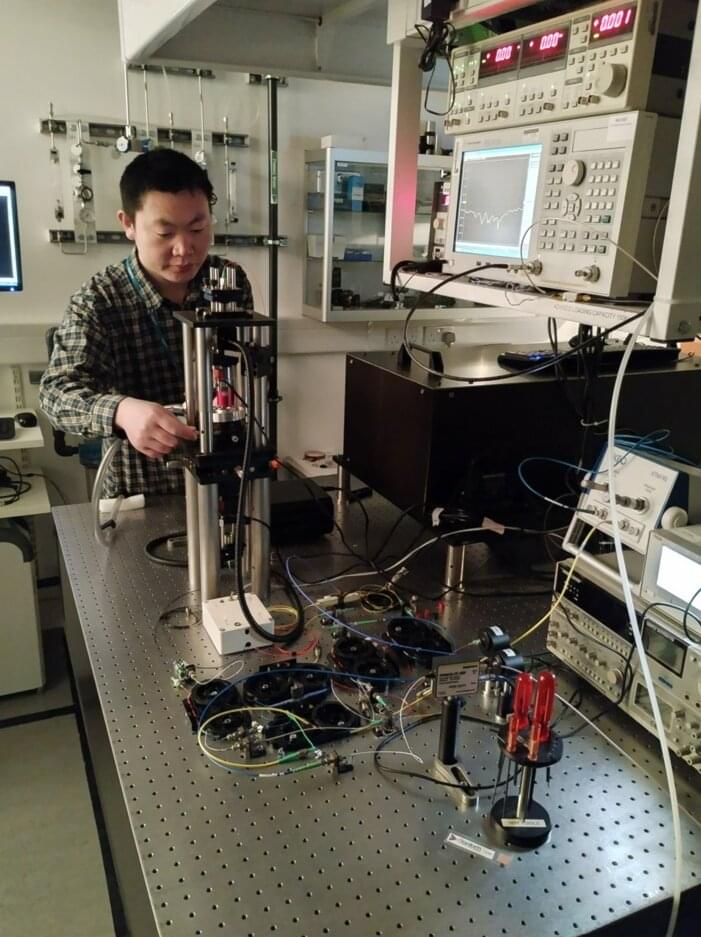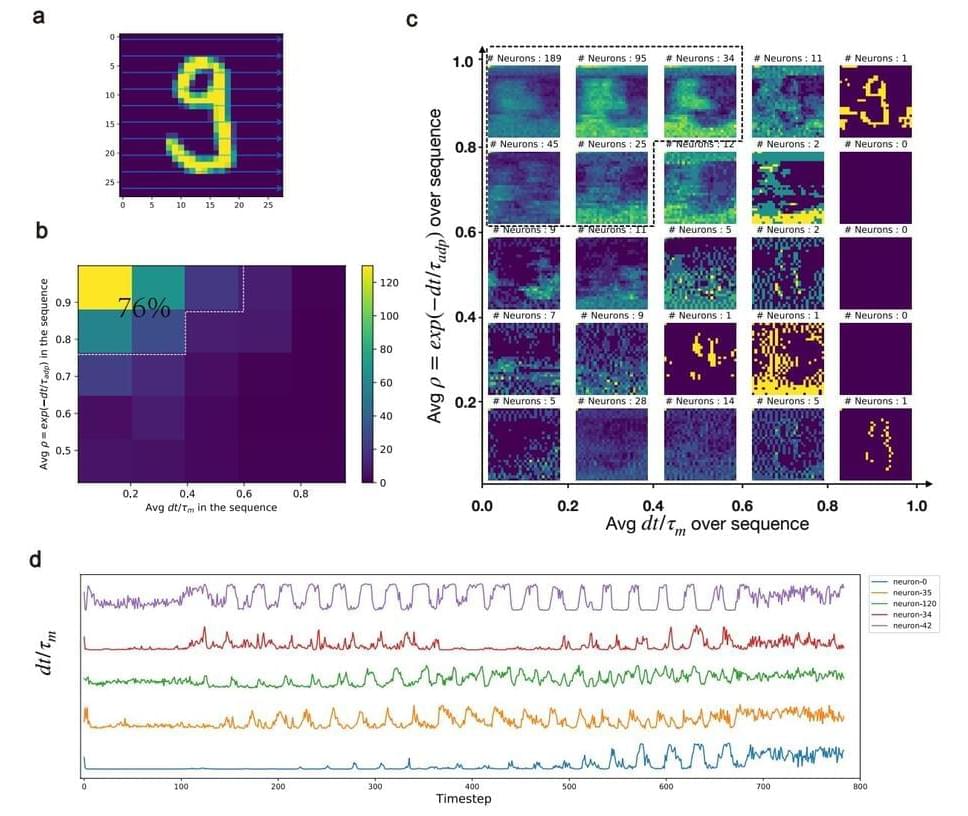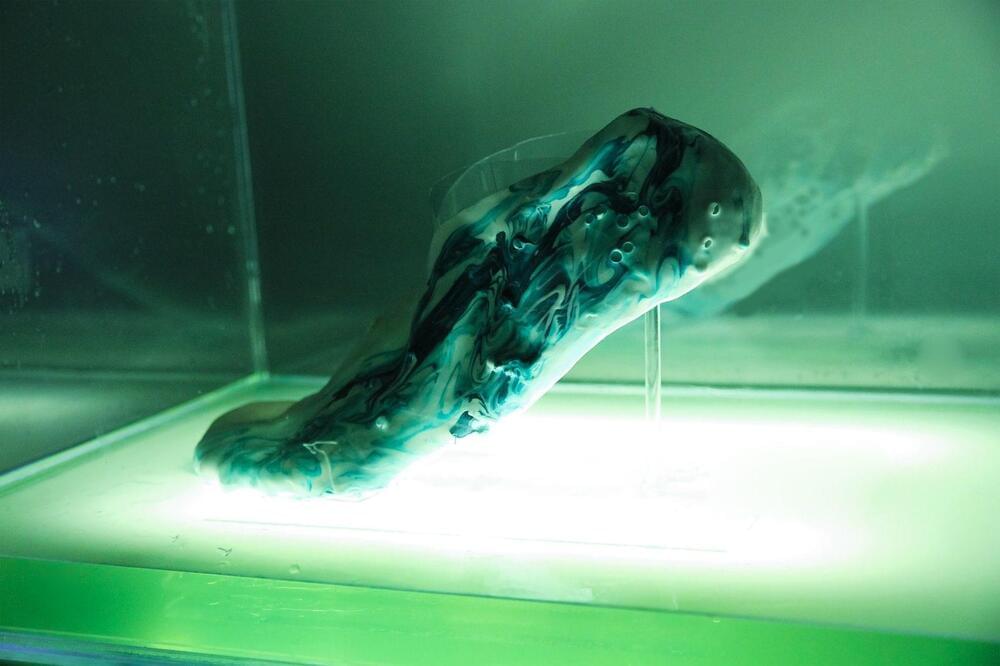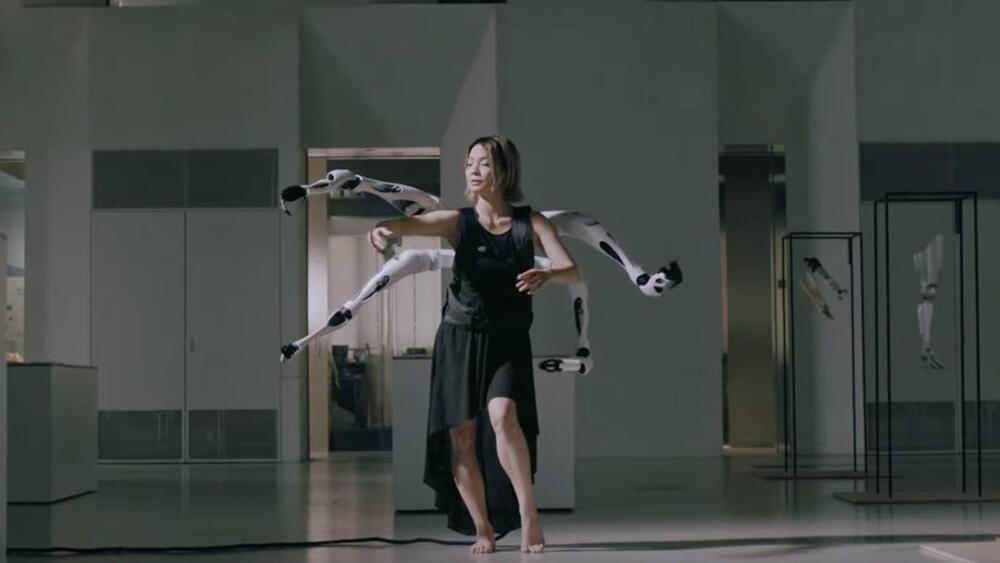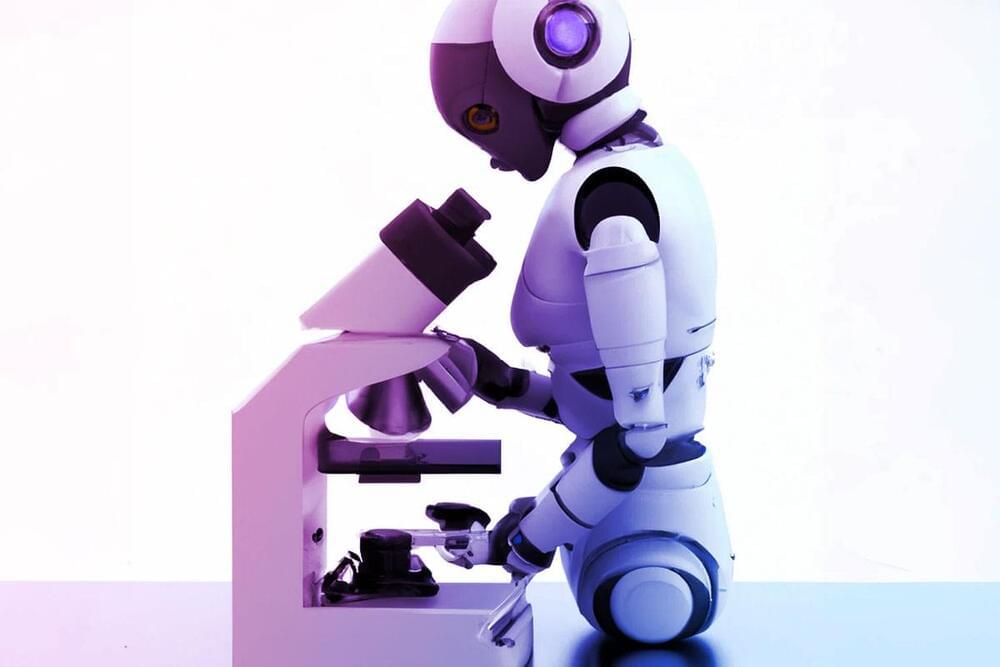A time crystal, as originally proposed in 2012, is a new state of matter in which the particles are in continuous oscillatory motion. Time crystals break time-translation symmetry. Discrete time crystals do so by oscillating under the influence of a periodic external parametric force, and this type of time crystal has been demonstrated in trapped ions, atoms and spin systems.
Continuous time crystals are more interesting and arguably more important, as they exhibit continuous time-translation symmetry but can spontaneously enter a regime of periodic motion, induced by a vanishingly small perturbation. It is now understood that this state is only possible in an open system, and a continuous quantum-time-crystal state has recently been observed in a quantum system of ultracold atoms inside an optical cavity illuminated with light.
In a paper published in Nature Physics, researchers at University of Southampton in the U.K. showed that a classical metamaterial nanostructure can be driven to a state that exhibits the same key characteristics of a continuous time crystal.
